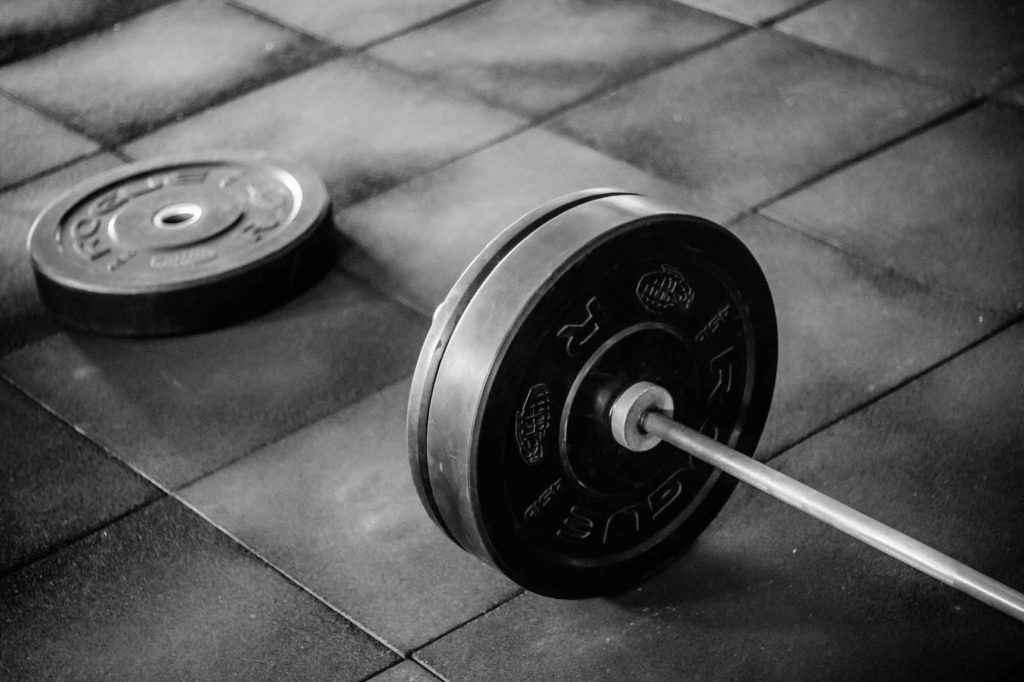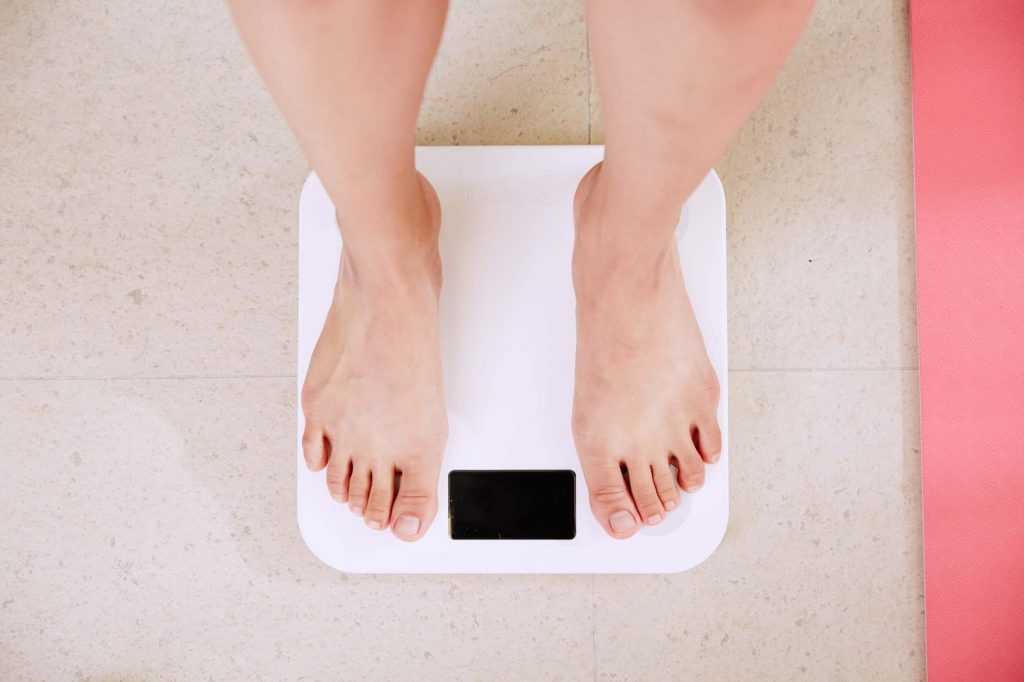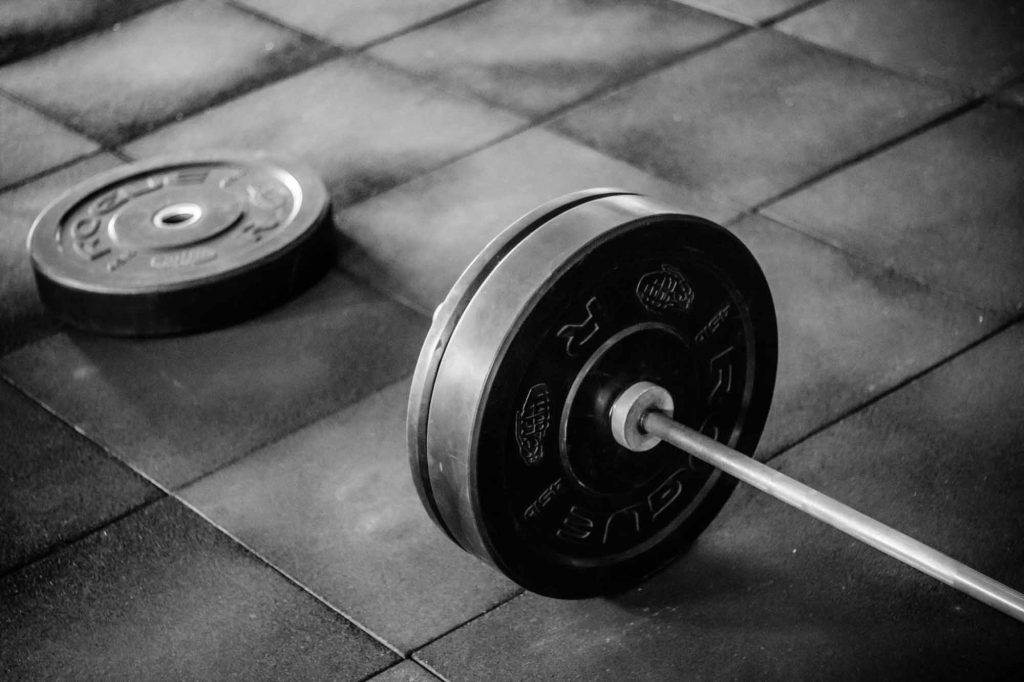One of the most controversial topics in the health and fitness world is:
- What is our ideal body weight?
- Are we too heavy for our height?
- How many kilograms are we supposed to lose and how long would it take us?
- Is weight training going to make us too bulky?
A common indicator of general health that we can use to measure is our BMI (body mass index). The theory behind it is, based on our height, we are meant to be in a particular weight bracket.
The main downfall of this approach is the complete absence of what our body composition actually is in terms of how many kilograms of fat, muscle, bones and organ constitute our total body weight.
Weight training is a great way to lose fat

If you want to lose fat, then focus on weight training. This is my favourite approach to weight loss. It’s a great way to build up muscle and increase strength and energy levels. The main benefit is that the more muscle mass we have, the more calories we burn off throughout the day regardless of how much we move.
Additionally, having more lean body mass is going to help us:
- Increase the amount of calories spent per day
- Be more efficient in our daily activities
- Improve our immune system
- Increase bone density
- Reduce the chance of injuries
- Increase energy levels
The weight scales can be deceiving

It’s actually quite common for most of my clients to lose fat without seeing any difference on the weight scale. Let’s say for example that during a 12 week period you manage to build 5kg of muscle mass and lose 5kg of fat, this would mean that our body weight is exactly the same but we feel and look very different.
Because of the above reasons, I very rarely suggest basing your fat loss improvements on what you see on a scale.
The two best ways to measure weight loss progression
1. The Skinfold Test
My favourite method is using a skinfold test. A skinfold test determines your body fat and lean muscle mass in an efficient and inexpensive fashion. It does this by measuring the thickness of 7 particular skin areas.
I normally go through them every 2 weeks in order to obtain feedback on our training and diet plan and my client’s consistency with them. This allows me to be flexible in my approach and figure out which system to give to my client’s faster and better results.
As a general rule of thumb, my aim is to bring men under 15% and women under 20% of body fat at the very least.
2. Before & After pictures
Another way to monitor your weight loss progress is using “before and after” pictures or clothes measurements. Before and after photos as well as clothes measurements can be very motivating. However, they only give a rough measurement of the progression rate. This means they do not provide the same clear and specific goal to aim towards that a skinfold test will provide you with.
In a nutshell:
- Your bodyweight lies; it’s very hard to have an accurate feedback with an overall body weight
- More muscles = Faster metabolism and more fat loss
- The best advice applies to 70% of the population, 30% of the outliers don’t necessarily need to use the same approach; individualisation and approach flexibility is the key for great results.
- Having an accurate body fat analysis test is a great way to monitor results and set up goals.
If you have any questions or wish to book your free body fat analysis please feel free to contact me at lucazandonastrengthcoach@gmail.com or 0406 720 75.
You can also follow me on any of my social media handles below:
- Instagram: luca_zandonapt
- Facebook Business Page: Luca Zandona PT
You can also find me at our Crunch Fitness Sydney CBD gym if you’d like to pop in and say hello! Get in touch with any of our friendly Crunch staff who can help you book a session with me or answer any of your questions!

